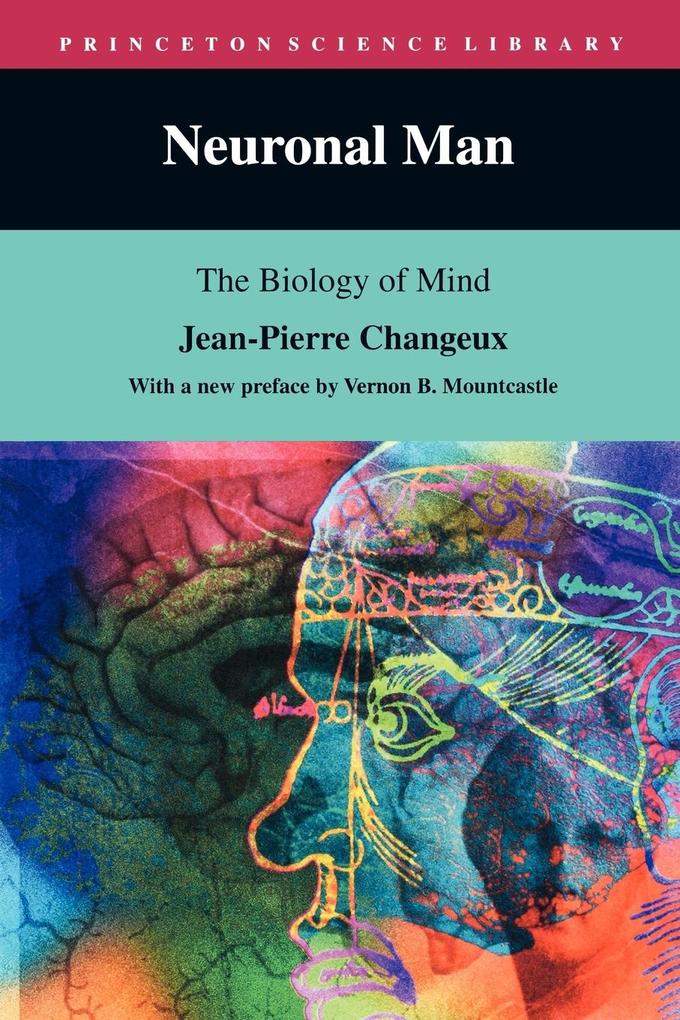Over the past thirty-five years, there has been an explosive increase in scientists' ability to explain the structure and functioning of the human brain. While psychology has advanced our understanding of human behavior, various other sciences, such as anatomy, physiology, and biology, have determined the critical importance of synapses and, through the use of advanced technology, made it possible actually to see brain cells at work within the skull's walls. Here Jean-Pierre Changeux elucidates our current knowledge of the human brain, taking an interdisciplinary approach and explaining in layman's terms the complex theories and scientific breakthroughs that have significantly improved our understanding in the twentieth century.
Inhaltsverzeichnis
<TR>Preface to the Princeton Science Library Edition<TR>Preface<TR>1The "Organ of the Soul" - from Ancient Egypt to the Belle Epoque3<TR>Man Thinks with His Brain3<TR>Body and Soul7<TR>Phrenology13<TR>The Neuron21<TR>Electric Current and "Medicinal Substances"29<TR>The "Good Sense" of History36<TR>2The Component Parts of the Brain38<TR>The Macroscopic View of the Brain39<TR>The Expansion of the Neocortex43<TR>Microcircuits46<TR>Wiring52<TR>Modules or Crystals58<TR>From Mouse to Man65<TR>3Animal Spirits67<TR>Cerebral Electricity68<TR>The Nerve Signal73<TR>Oscillators77<TR>From One Neuron to Another83<TR>The Keys to Molecule Locks90<TR>"Psychic Atoms" Reexamined95<TR>4Into Action97<TR>To Sing and to Flee98<TR>To Drink and to Suffer103<TR>To Enjoy and to Be Angry107<TR>To Reach Orgasm112<TR>To Analyze115<TR>To Speak and to Do120<TR>From Stimulus to Response124<TR>5Mental Objects126<TR>The Materiality of Mental Images127<TR>From Percept to Concept and Thought130<TR>Toward a Biological Theory of Mental Objects134<TR>Assembling the Neurons140<TR>Problems of Consciousness145<TR>Attention151<TR>The Calculation of Emotion158<TR>Seeing Mental Objects161<TR>The Substance of the Spirit168<TR>6The Power of the Genes170<TR>Anatomical Mutations171<TR>Heredity and Behavior175<TR>The Simplicity of the Genome and the Complexity of the Brain180<TR>The Automaton Cell186<TR>The Embryo System191<TR>The Genesis of the Cortex195<TR>The Predestination of the Brain202<TR>7Epigenesis205<TR>Differences between Identical Twins206<TR>The Behavior of the Growth Cone212<TR>Regression and Redundancy216<TR>The Dreams of the Embryo220<TR>Building the Synapse223<TR>The Theory of Epigenesis by Selective Stabilization of Synapses227<TR>The Experimental Testing of Epigenesis229<TR>Hemispheric Specialization - a Genetic or Epigenetic Process?235<TR>The Cultural Imprint241<TR>"To Learn Is to Eliminate"246<TR>8Anthropogenesis250<TR>Monkey Chromosomes251<TR>Fossil Puzzles255<TR>The Winks of the Young Chimpanzee259<TR>Genes for Communication and Selective Stabilization264<TR>The Genetics of Australopithecus268<TR>The "Phenomenon of Man" Reconsidered271<TR>9The Brain - Representation of the World273<TR>Glossary285<TR>Notes293<TR>Bibliography301<TR>Index333










